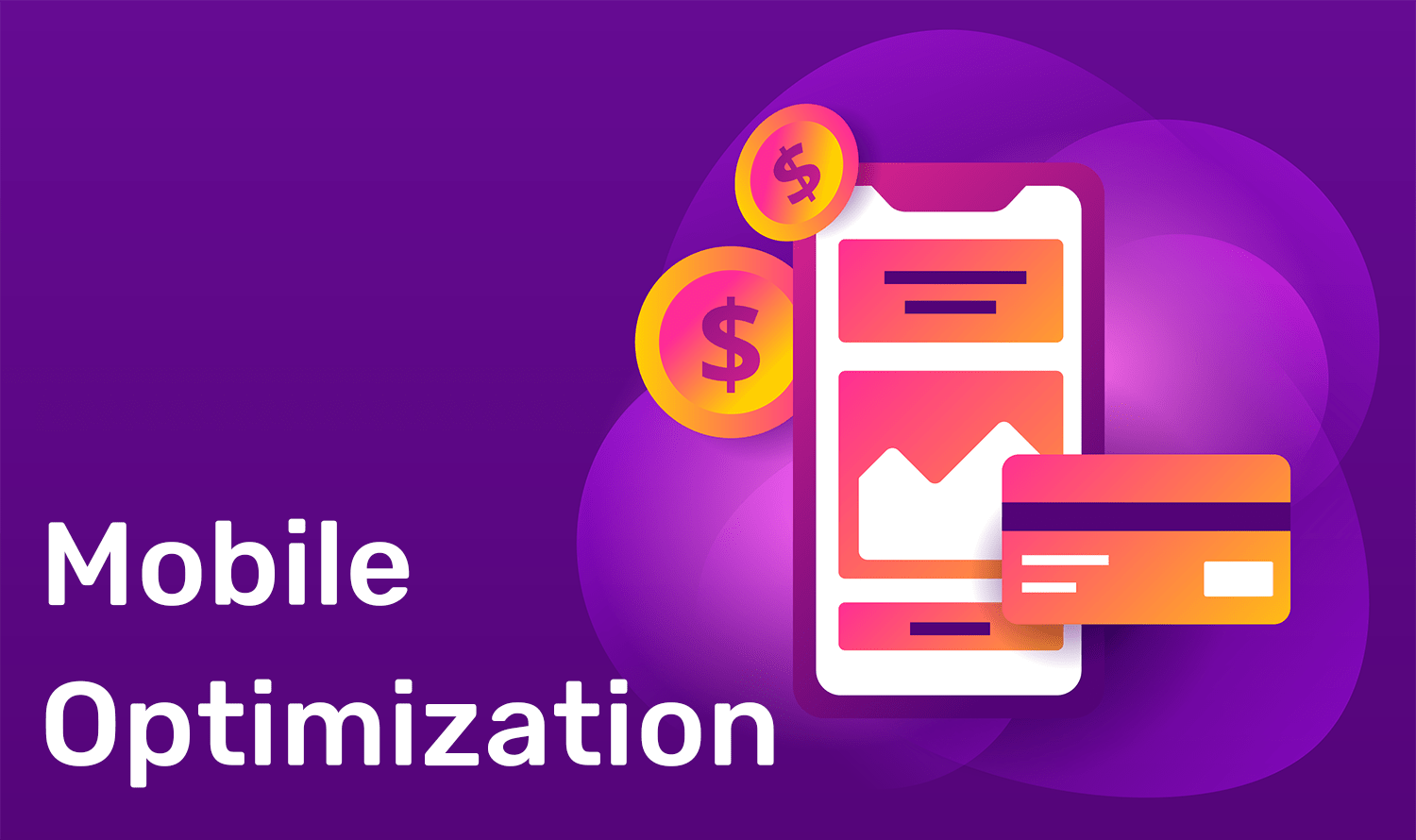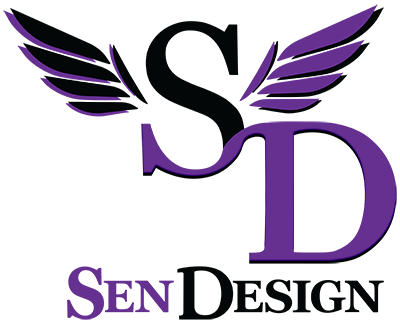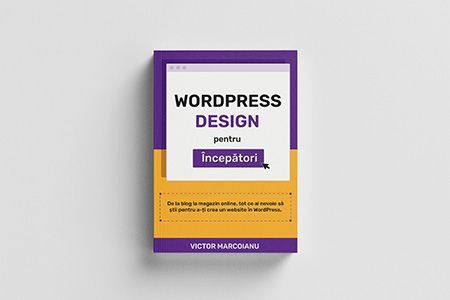
Mobile optimization: How should a website look on mobile
26/10/2019
Website Security: The road from vulnerability to solution
14/01/2020
Mobile optimization: How should a website look on mobile
26/10/2019
Website Security: The road from vulnerability to solution
14/01/2020Website Structure and Content Architecture
We talked a lot about the functionality and appearance of the website, about how information should be displayed and indexed, but never about the structure of the website. So it’s time to explain the content architecture and what any website should contain. We will address 3 major categories of websites: Product Provider, Service Provider and Website Presentation.
The categories are much more diverse in reality. It matters what kind of products / services you offer or what image you present. The target audience matters. Geographic location matters. There are many factors that influence the structure of the website that if we just listed, we could create a separate blog. We offer you the essentials that you adapt according to the factors of influence.
Content Architecture
Successful websites follow very well some rules when building the website structure. Exceptional websites, make content an art. The content of the website is very important. Even if you follow all the technical rules and give it an amazing design, you have to structure the information in a logical, intuitive, accessible and digestible format.
You can have very good website traffic but without increasing the quantity of products sold or services ordered. This happens when the user does not find or is not impressed with the desired information. For example, a lady is looking for a pair of boots. Go to your website, find an interesting couple that has only a picture, name and price. In the absence of any helpful details, he gives up and redirects to one of the website. Miss would have liked to see a guide of the size, the reviews, a description, both short and short, the material from which it is made, pictures from many angles, details about delivery, etc. It is a real case for the Romanian online commercial environment. Environment in which the structure of the website is poorly approached and the architecture of the content is neglected.
When creating content, you need to consider the following essentials:
- Do not write text for robots. SEO optimization is an important aspect, but if the written text is repetitive, with no meaning and essence, just for the SEO score, the user will not be satisfied.
- Use warm descriptions. Do not just offer details like green straw summer hat. It beautifies and adjusts the tone and emotion a bit. It offers at least 3-4 exciting quotes about the product or service. Managing a very large number of products is not a valid excuse, just a sinking into mediocrity that is deficient in your success.
- Provide more images for the product, or more examples for the services.
- The structure of the website should be simple. It prevents the user from having to scroll through many pages, from category to sub-category and so on.
- Take into account the preferences of the target audience. The audience in the business segment has completely different preferences and expectations than the non-professional segment. In Europe there are certain trends and tastes totally different from America and Australia. Constantly analyze the demographic segment!
- Analyze competition. Analyze the competition websites and see what you can offer in addition. Whether it is difficult or expensive to innovate as a technology, innovation in content, text and images is within everyone’s reach.
- The menu has to tell a story. By simply looking at the menu, the visitor should know your company, the type of products or services and how to contact you.
Now that we have established the basics, let’s study each case separately.
Website Structure of a Product Provider
This includes both online stores and product presentation websites.
- Header: Here is the logo and menu. Above them are the contact details, address, work schedule and social media pages.
- Footer: Here are useful links such as return and privacy policies, lead time, quick order guide and other pages of similar importance.
- Menu: The menu contains primarily the Home, About, Categories (under which drop-down categories will be listed) and Contact pages.
- Home: A banner with news or promotions. Under the banner be the main categories in a most attractive format. Below categories can be displayed the newest or most popular products. Here you can complete the page or add a carousel of blog posts.
- About page: It’s a very important page that has to tell a story! An interesting, warm and motivating story that will humanize your website and business.
- Contact page: Here you will find the contact details, address and map of the premises or shops along with a very simple contact form.
- Category Page: Each category must have its own page with a description of it. Here are displayed all the products in that category.
- Product Page: Contains a description, specifications and product details, a photo gallery and buyers reviews. Below all, a carousel of similar products or of the same category.
- Blog: The blog is optional but recommended and contains news or stories of interest to the demographic segment.
Website Structure of a Service Provider
The structure is similar to the one above, but substantial additions appear. Philosophy is different because there is room for details.
Header: Here’s the logo and menu. Above them are contact details, address, work schedule and social media pages.
- Footer: Here are useful links such as privacy policy, activity network, newsletter subscription, latest projects or blog news and other pages of similar importance.
- Menu: The menu contains primarily the Home, About, Services (under which drop-down services will be listed), Portfolio, Blog and Contact pages.
- Home: A banner with news or promotions. Under the banner be rendered the services in a most attractive format. Below are some more significant portfolio items and a list of the most important clients. End the page with the latest news from the blog.
- About page: It’s a very important page that has to tell a story! An interesting, warm and motivating story that will humanize your website and business.
- Contact page: Here you will find the contact details, the address of the office or office and a contact form.
- Service page: Each service must have its own page with a description of it. Below are examples or pieces from the service portfolio. Possibly also a cost calculator.
- Portfolio Page: Very important for service providers. Here you will find the best and newest projects. The activity must be cash. A portfolio of testimonials would be recommended under the portfolio.
- Blog: The blog is important and contains news or stories of interest to the demographic segment.
Presentation Website Structure
Here the content architecture differs quite a lot. It can be writers, artists, personalities, groups, institutions or foundations.
- Header: Here’s the logo and menu. Above them are the social media pages.
- Footer: Here are links to media appearances, partners, activity network, history, etc.
- Menu: The menu contains primarily the Home, About, Blog and Contact pages.
- Home: A description of the image. A brief presentation of the visions and ideas. Below this description you can place the latest blog articles.
- About page: Here is the story on the first page. Eventually, complex details such as a graphical history, appearances, etc. can be added.
- Contact page: Here is the contact details and a very simple contact form.
- Blog: The blog is optional and contains news or stories of interest to the demographic segment.
Website Content – The Secret of Success
Content architecture is very important. Can easily make the difference between two websites of the same technical caliber. The Internet is based on information. When you offer something, it must be carefully packaged and crumbly. Your website speaks for you. A mute, robotic or dry website affects your image as a company or personality.
Keep the structure of the website as simple as possible. Do not cram the content into one page. Each topic deserves a separate page. These can be services, activities, products, events, offers, news, discounts, memories, etc. By isolating each entity relevant to the public, you can pay enough attention by focusing more on it.
Your website should be a nice scouting tool. Ideally, it would arouse curiosity. Many of our customers are stuck at the content level. Thus a project is put on hold for even a year. Then the immediate relevance is the simple word. “I want a simple website.” But a simplified website is not a solution to the lack of inspiration. Not even the extreme of overloading the website structure is a solution. A balance must be established.
It is very easy to choose the shortest path. So-called simple website. But if the website doesn’t say anything or enough about you, why do you do it? What is his purpose in fact? Simple digital presence? When the content architecture is too simple and too poor, it damages more than the total absence.
Website development is a big step. A step we can take together. Let’s talk!







 Header: Here’s the logo and menu. Above them are contact details, address, work schedule and social media pages.
Header: Here’s the logo and menu. Above them are contact details, address, work schedule and social media pages.




